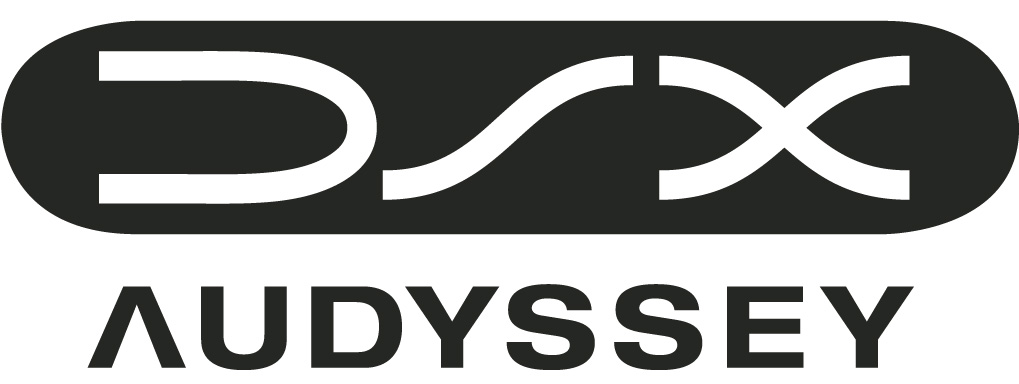DSX goes beyond 5.1

There is no doubt that 5.1 surround sound was a significant improvement over 2-channel stereo – imaging was improved by adding a centre to the left and right front channels to anchor the centre of the soundstage and envelopment was improved by adding two surround channels that envelop the listeners with ambient sound.
However, 5.1 surround sound systems are limited by some trade-offs. The first has to do with rendering the front soundstage. Research into imaging showed that spreading the front channels wider than the standard ±30° results in a greater difference at the two ears and produces more envelopment. In concert hall acoustics this is called ‘auditory source width’ and, increasing it, is a desirable feature. But increasing the spread beyond ±30° for the front speakers was found to cause many imaging problems.
ADVERTISEMENT
The second trade-off is related to the recommended placement of the two surround channels at ±110°. Surrounds at ±90° were found to produce the most envelopment compared to other angles, while surrounds at ±135° produce better rear phantom imaging capability. Thus ±110° was selected as having the best trade-off between envelopment and imaging, but this has meant one must choose between better rear imaging or better envelopment.
Realistic reproduction of sound relies on the ability of audio systems to match human hearing performance. The three key requirements are frequency response, dynamic range and accurate spatial rendering.
As a result, Audyssey Laboratories has unveiled a new technology called Dynamic Surround Expansion (DSX) – a scalable system that adds new speakers to overcome the spatial sound rendering limitations faced by 5.1 surround sound systems.
To perceive a truly immersive experience, human hearing requires more information than what 5.1 systems currently deliver. DSX creates additional channels to augment 5.1 systems with the correct direction, time of arrival and frequency response characteristics to achieve a seamless and expanded soundstage.
Research in human hearing shows that we can hear many more directions than what current systems provide. We use the direct sound to localise the direction of sources and the reflected sound to perceive the size of the soundstage.
Experiments have shown that human localisation is better in front than to the sides or behind. This means that for front-weighted content such as movies and most music, good engineering dictates that we employ more channels in the front hemisphere than the back. Imaging is also better horizontally than vertically and so good engineering also dictates that channels must first be added in the same plane as our ears before going to higher elevations.
Perception is not the only factor. The physics of room acoustics for music have been well studied, and their correlation with subjective impression increasingly understood over the last 30 years.
This research has shown that we have strong built-in preferences for the direction, frequency response, and time of arrival of reflected sound. Additional channels and surround sound processing are needed to properly render these components.
“DSX provides the necessary acoustical and perceptual cues for a more realistic reproduction of surround content, ” says Audyssey chief technology officer Chris Kyriakakis.
The research, spearheaded by Chris and Audyssey chief science officer Tomlinson Holman, shows that properly controlled sound coming from a direction slightly wider than the front main speakers is the most important cue used by human perception of soundstage width. Following width, the second most important information comes from height channels that help define soundstage depth.
DSX is a scalable solution, which builds on a 5.1 setup by providing a pair of wide channels and a pair of height channels to render the additional information. DSX also provides surround envelopment processing to improve the blend between the front and surround channels for a seamless and immersive soundstage.
Current 7.1 systems can also be adapted to DSX by moving the back surround speakers to the wide locations for improved envelopment.
-
ADVERTISEMENT
-
ADVERTISEMENT

